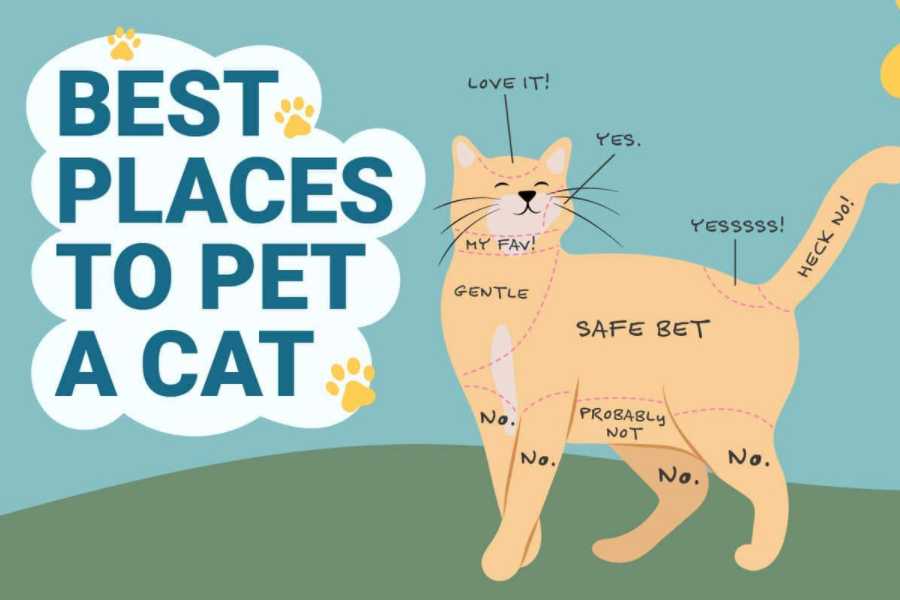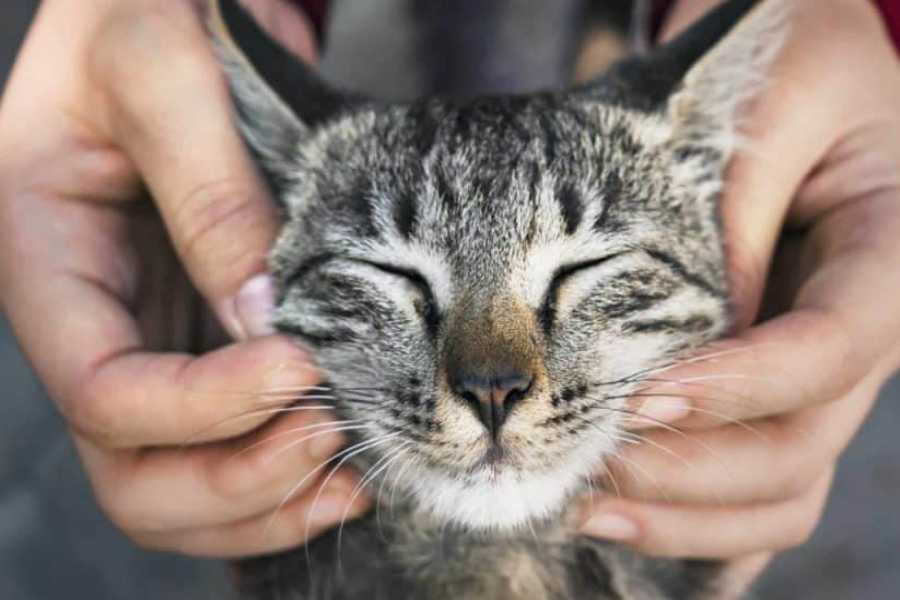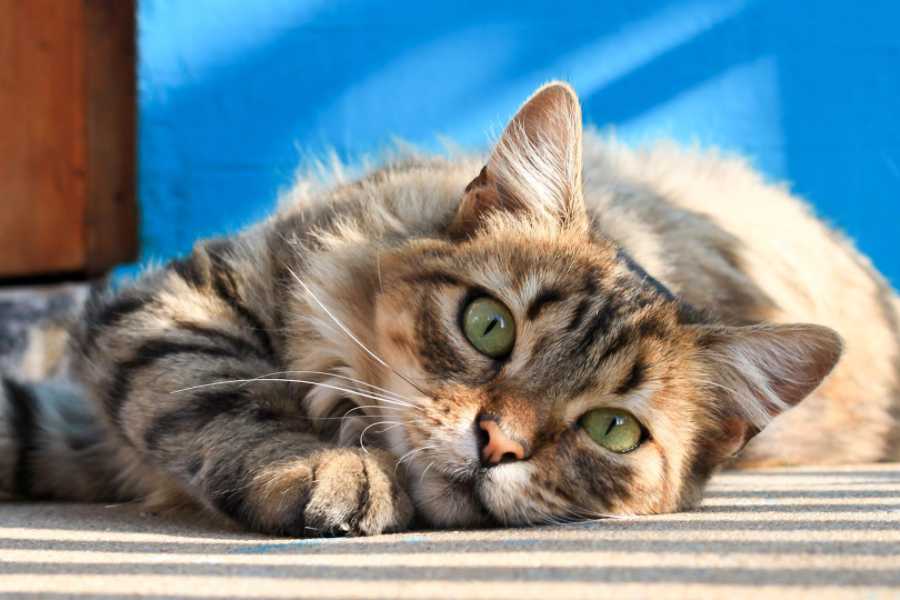Where Cats Like to Be Pet - Cat Petting 101

Where Cats Like to Be Pet? ![]()
Cats are known for their independent and sometimes aloof nature. But that doesn’t mean they don’t enjoy a good petting session.
In fact, knowing where and how to pet a cat can significantly enhance the bond between you and your feline friend. However,
many cat guardians are surprised when their cat suddenly bites or scratches during what they thought was a mutually relaxing experience. So, where do cats like to be pet? Let’s find out.
Understanding Your Cat’s Body Language 🐱

Just like humans, cats have their own unique body language. Understanding this language is key to knowing how and where to pet your cat. Some signs of a happy and relaxed cat include a relaxed body posture, erect ears, a raised tail and head, and confident walking. A vibrating tail can also indicate that your cat is relaxed and receptive to being petted.
When you see these body postures, you can be confident that your cat is in a good mood and ready for some affection. However, it’s important to let your cat take the initiative and end the petting session when they want to.
Remember, cats are solitary animals by nature and may not appreciate excessive manipulation. ![]()
How to Pet a Cat: The Basics 🖐️

When petting your cat, start by offering long and soft strokes that go in the direction of their fur. Always follow the same direction and avoid patting, hitting, or pinching, even if the intention is good.
Start at the top by using the tips of our fingers like a comb around their head and neck. You can also massage the upper and middle part of their back, starting with the shoulder blades and ending near the base of the ribcage. Gently scratching the cheeks and the lower part of their chin can also be appreciated by your cat.
However, avoid stroking their belly, tail, legs, or paw pads. These areas are not usually appreciated by cats, and touching them can often lead to signs of displeasure. If you ignore these signs, your cat may increase the intensity of their warning with a scratch or a bite.
Signs Your Cat Is Annoyed 😾

It’s important to know the signs that your cat is annoyed or uncomfortable. These can include a tense body posture, ears back, a bristled tail, fast movements, a bristled coat, an arched body, an open mouth, hissing, or growling. If you observe any of these signs, stop petting your cat immediately.
Remember, the goal is to understand the limits of your cat’s tolerance when it comes to petting and avoid crossing this threshold. Over time, you’ll get to know your cat’s preferences and be able to provide the kind of affection they enjoy.
Not All Cats Like to Be Petted 😿

It’s important to remember that not all cats will allow you to pet them. If this is the case with your cat, the keys to getting past this are patience, respect, and positive reinforcement. Never punish or scold a cat that doesn’t want to be petted.
If your cat doesn’t like being petted, is aggressive, scared, or rejects any manipulation, it could be a sign of a physical or mental health issue. In such cases, it’s best to consult with a veterinarian. ![]()
Frequently Asked Questions (FAQs) ❓
Q1: Why does my cat bite me when I pet them?
A: Your cat might bite you during a petting session as a way of saying they’ve had enough. Cats have different tolerance levels for petting, and some might get overstimulated after a certain point. Pay attention to your cat’s body language to understand when they want to end the session.
Q2: Why does my cat not like to be petted?
A: Some cats might not enjoy being petted due to past experiences, lack of socialization, or simply their individual personality. It’s important to respect your cat’s boundaries and never force them into a petting session.
Q3: Why does my cat purr when I pet them?
A: Purring is a sign that your cat is content and relaxed. If your cat purrs when you pet them, it’s a good indication that they’re enjoying the experience.
Q4: Can petting my cat help with bonding?
A: Yes, petting can be a great way to bond with your cat. It shows your cat that you’re a source of comfort and can help build trust.
Conclusion 🐈

Knowing where cats like to be pet can significantly enhance your bond with your feline friend. Remember to respect your cat’s boundaries, understand their body language, and never force them into a petting session. With patience and understanding, you can create a mutually enjoyable petting experience for both you and your cat. ![]()
For more information on understanding your cat’s behavior, check out our other articles on why cats have long tails, why cats are so vocal, and why cats knead or “smurgle”.
Tags
Share
Table Of Contents
Related Posts
Quick Links

